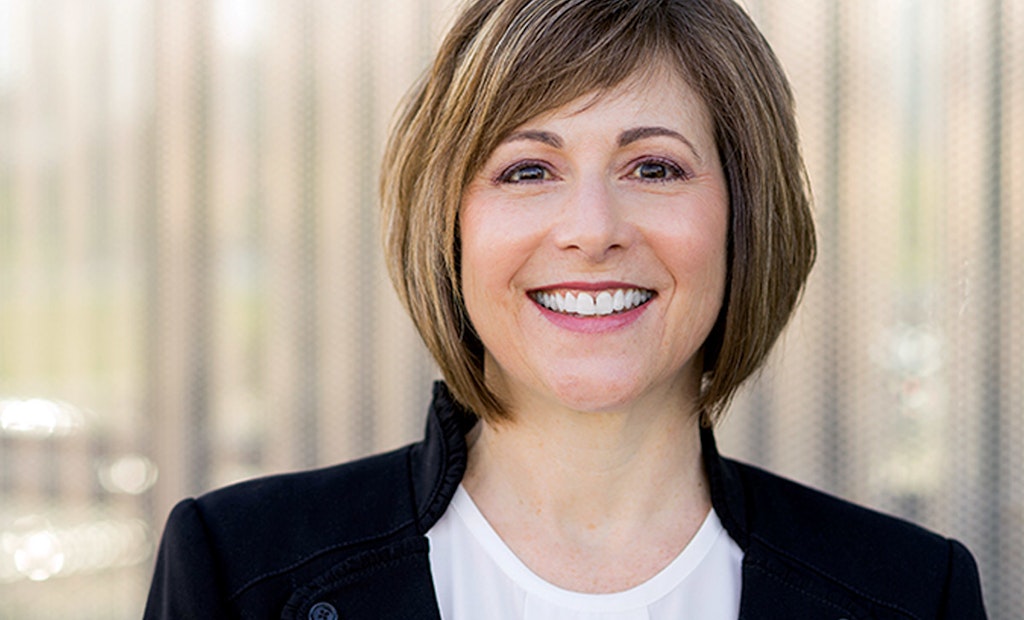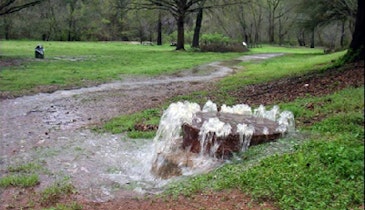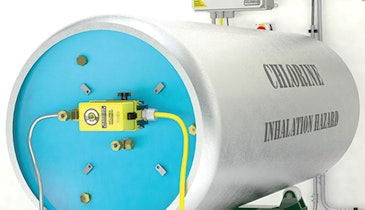Interested in Treatment?
Get Treatment articles, news and videos right in your inbox! Sign up now.
Treatment + Get AlertsStresses on water supplies are increasing around the world. Supplies are constrained in many areas, and water quality is a persistent concern.
The Water Council sees innovation as a major component in answering water challenges already present and to come. The council is a global hub dedicated to driving innovation in freshwater technology.
The council has assembled one of the world’s most concentrated water technology clusters from its headquarters at the Global Water Center in Milwaukee, and the council promotes water stewardship as a natural complement to water innovation.
Among its initiatives is a Pilot Program that provides funds to help companies move innovative water technologies from concept to commercialization with greater speed. Since its launch in 2015, the program has awarded grants of more than $822,000 to 17 companies. Four grant winners were announced at the end of 2021 (see sidebar).
The aim is to accelerate the deployment of technologies with potential to solve problems, create new business and improve water quality regionally and globally. Karen Frost, the council’s small-business program manager, talked about the Pilot Program and other council initiatives in an interview with Treatment Plant Operator.
What is the basic focus of your organization?
Frost: The Water Council was formed more than 10 years ago as a nonprofit organization focused on three key areas. We foster economic development, working with and for our members to help them make meaningful connections for business opportunities. We support innovation through the Pilot Program and other initiatives. And we focus on stewardship, working with companies that want to better understand and address their water risk.
How would you describe the concept of water risk?
Frost: Water risk can take many forms. For example, companies operating in water-stressed areas like Arizona, Nevada and California have inherent water risk because of their location. Other companies may have water risk because a supplier is in a water-constrained area, or because their business is very water intensive, as in data centers, beverage and food manufacturers, chemical producers and microchip manufacturers. As water issues become more pronounced, we expect to see companies turning more attention to these risks.
Besides the Pilot Program, how does the council promote water innovation?
Frost: Our innovation programs touch companies at multiple ages and stages. We have a Tech Challenge that works with large corporate sponsors like Wachs Water Technologies, Xylem, A.O. Smith and Badger Meter. In that program we run an open innovation competition twice a year, inviting applications for specific topics of interest. Applicants include researchers, early-stage startups and mature startups, all the way up to established companies.
Our BREW 2.0 Water Technology Accelerator helps market-ready startups scale and grow. This virtual and in-person program focuses on expert-led sales and growth training tailored for water technology businesses. Afterward, participants have access to ongoing training to continue their growth trajectory. In the water space, it can be a long and difficult path to market for startups. Since it’s a regulated environment, they may need certifications, they need to pilot. And many companies go through multiple accelerators before they reach the market.
What kinds of companies are the targets of the Pilot Program?
Frost: The Pilot Program targets companies that need to validate their technologies. Most of them are startups that need field-level data to be able to move their innovations forward. Some may be companies that have successfully deployed a technology elsewhere, but now they’re bringing it to market in the U.S. and need to find utilities where they can demonstrate it here. They may need to pilot in multiple places and scenarios to validate that their technology will perform in diverse environments and weather conditions.
How did the Pilot Program get its start?
Frost: The Water Council has partnerships with similar water-focused groups in various parts of the world. One of those with which we are a long-time partner is a group in the Netherlands called The Water Alliance. They have sites where companies with emerging technologies can have almost plug-and-play pilot opportunities. We saw what they were doing and understood that there was a need here, too.
How are the Pilot Program projects funded?
Frost: We have several longtime funding partners focused on particular areas of interest. One of those is the Milwaukee Metropolitan Sewerage District. They provide funding on an annual basis for one or more pilot projects that fit with their mission, ultimately benefit their ratepayers and help the district keep current with innovation. Another longtime funder is the Fund for Lake Michigan. Their interest is in technologies that can ultimately improve water quality in the lake.
How does the council recruit companies to compete for Pilot Program funds?
Frost: We reach out to partner groups in the U.S. and to networks we’ve established elsewhere. We have a representative based in Ireland who is well connected to 20 to 25 groups across Europe. When we have an open competition, she helps our partners learn about that opportunity and share it with their networks. The Water Environment Federation is a great channel for us, and so are the Water Research Foundation and the National Renewable Energy Laboratory Innovation Incubator Network. We reach out to a long list of groups when we have a Pilot Program competition or other funding opportunities.
What criteria are used to select the winners of Pilot Program grants?
Frost: We have a Pilot Advisory Committee made up of representatives from the funding partners and other individuals who have technical insight. We look at who is in alignment with the funders’ objectives and which applicants have technologies most likely to benefit from the funding.
In the big picture, what impact do you see The Water Council having on global water issues?
Frost: Innovation will only grow more important in terms of addressing issues around climate resiliency and water stresses, both quality and quantity. It’s a huge opportunity and challenge at the same time. Helping companies validate their technologies, and helping identify problem-solvers who have solutions a particular areas will be critical in bringing solutions to the market.
On the flip side of that is sustainability and addressing water risk. It’s a two-sided coin. Companies will need to understand their water risk, and innovation will be critical in terms of addressing the pressing issues they face. As the world gets thirstier and more climate-strained, water will be at the forefront, and innovative solutions are going to be more and more necessary.
How can companies or people interested in these programs get more information?
Frost: There is a lot of good information at thewatercouncil.com website.
There is a tab about our innovation programs. If someone has a special interest, they can reach out to me. I would be glad to share information about any of our programs and how they could become involved.






